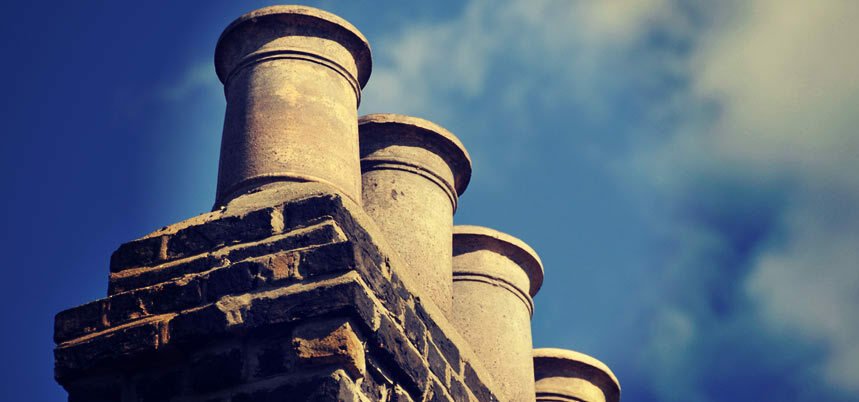In 1952 London was a picture of smog and poor air quality. Caused by stationary high-pressure systems settling over Europe, wind speeds fell, and a temperature inversion was created.
This is a thin layer of the atmosphere where the average decrease in temperature with increased altitude does not occur. Instead, temperature increases with height, creating a ‘lid’, trapping pollutants below the inversion. Thus, the smoke created from fuel consumption both in industry and domestically in London was trapped below this layer, creating smog.
The public pressure created during this ‘Great Smog’ forced the government to take action and safeguard against similar incidents in the future. The Beaver Committee was assembled in the summer of 1953 to investigate the issue further and tackle any technical issues it identified. Initial findings in December 1953 suggested that simple actions could be implemented to lessen the impact of future incidents. These included warning the public, advising vulnerable citizens about precautions they could take and maintaining the supply and availability of smokeless fuels.
The final report from the Beaver Committee, November 1954, issued its full findings and actions they felt were necessary. The first recommendation suggested a ‘Clean Air Act to provide clear legislation about which fuels were and were not allowed. This would set out clear criteria for fuels which could be burnt and those that could not in the new ‘Smoke Controlled Areas.’ A critical part of the Beaver Committees' suggestions was that the control should not just be placed on industrial sectors but also extend to domestic properties.
The report gained government support and promoted them to put forward the bill to parliament. The house then debated this in November 1955. Royal assent was received for the proposed bill in July 1956. The tone of this Clean Air Act was much more modern than previous legislation and focused on improving the environment.
The Clean Air Act of 1956 was seen in both the UK and abroad as an essential example of environmental legislation, many believe that it was the start of the modern-day environmental movement. The Clean Air Act 1956 was extended in 1968 until both acts were consolidated in 1993. The combined acts are partly responsible for half a century of air quality improvements in the UK and set a precedent for environmental legislation worldwide.
The Clean Air Act 1993 objective is to control the emissions of smoke, dust and grit into the atmosphere. Section 18 of the Act allows local authorities to declare the whole or parts of any district as a Smoke Controlled Area. As such, it is an offence under section 20 of the Act for an occupier of the premises to allow smoke emissions from a chimney unless an authorised fuel causes smoke.
Our HouseFuel Smokeless Oval’s an ideal product for these smoke control areas and meets the criteria which fuels must adhere to as part of the consolidated Clean Air Act 1993. When using our HouseFuel Smokeless Oval, you can be completely confident that we have taken every action to protect the environment with our low CO2 emission product.
To find out if you are in a Smoke Control Area, please visit www.smokecontrol.defra.gov.uk.


